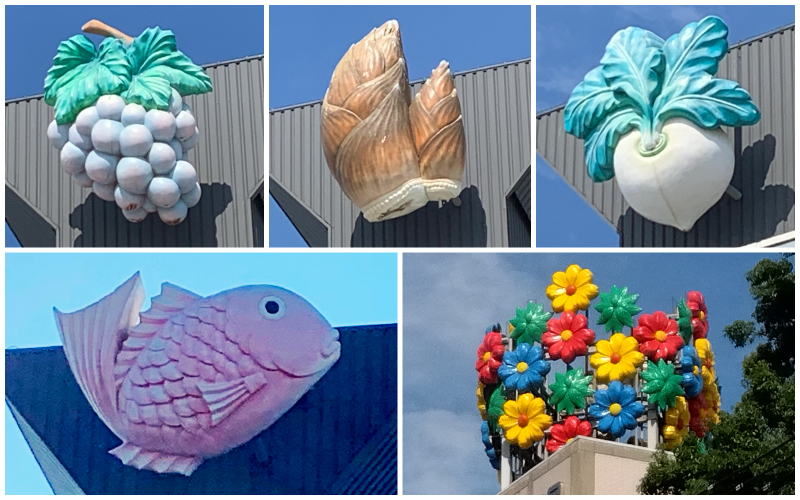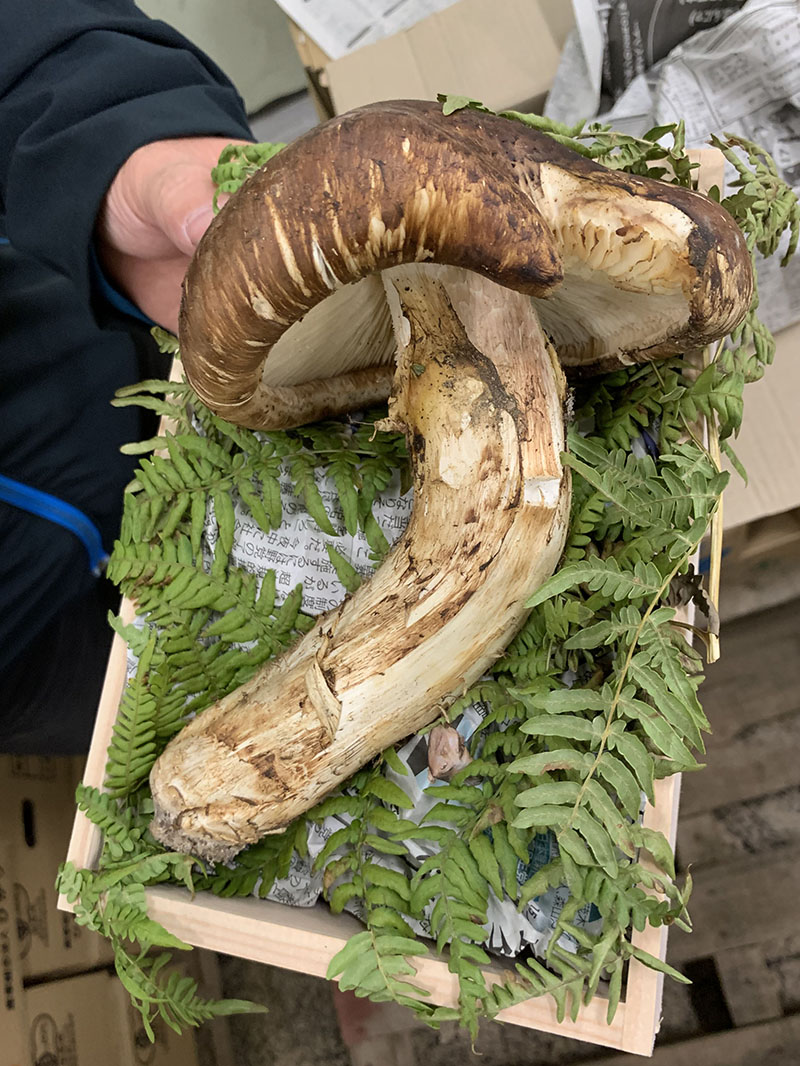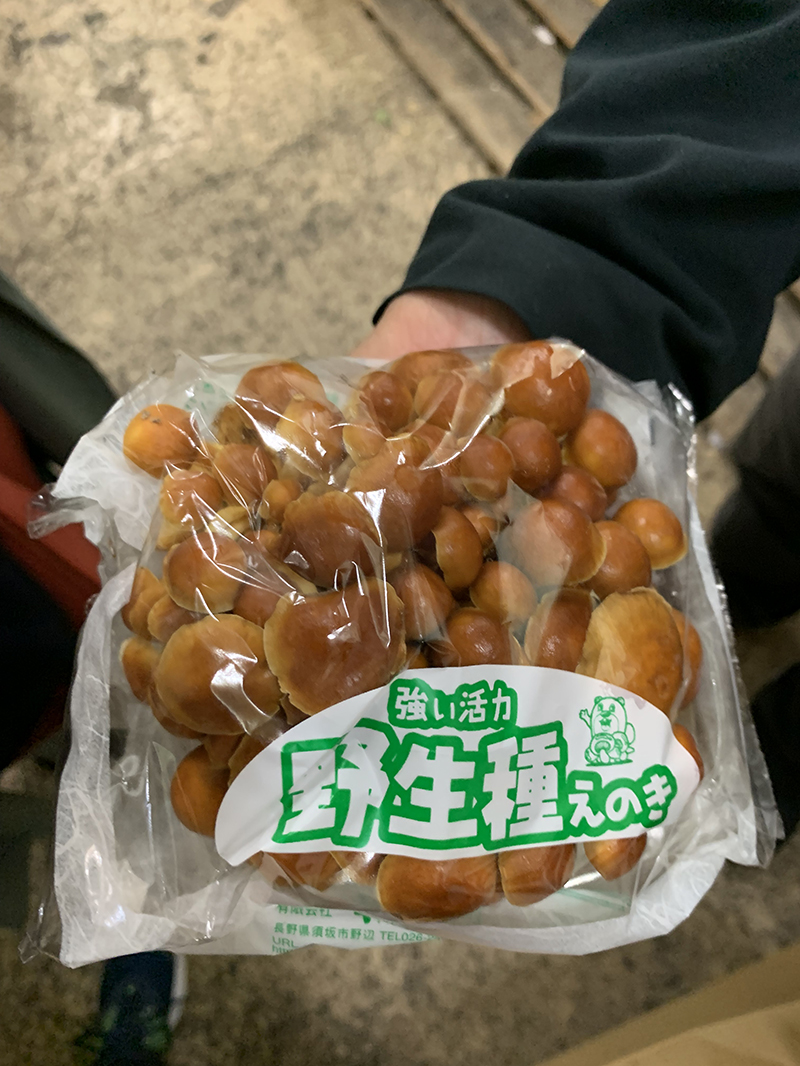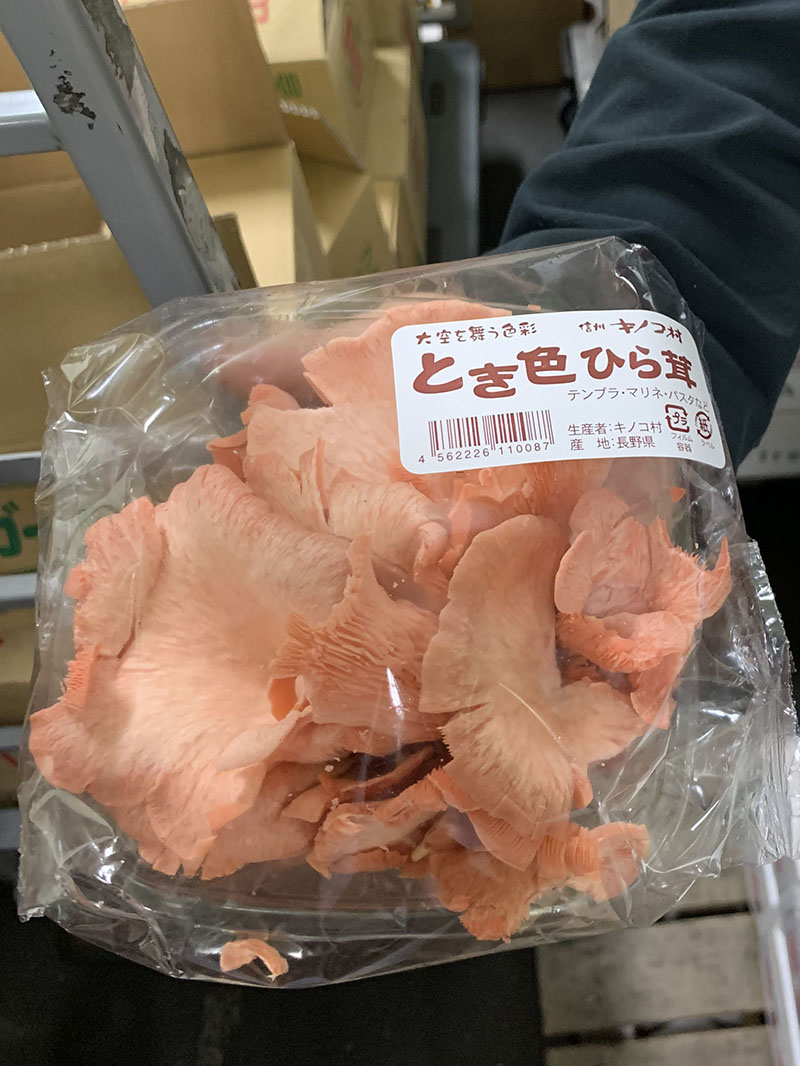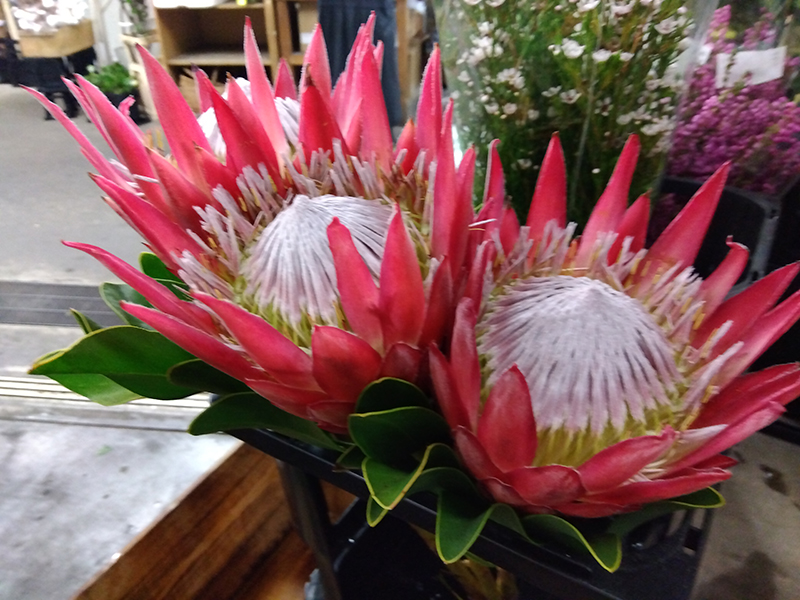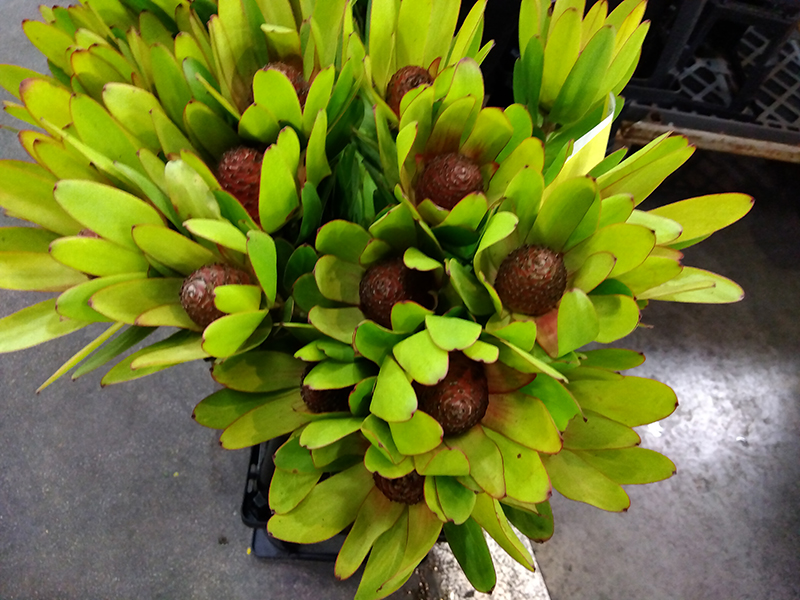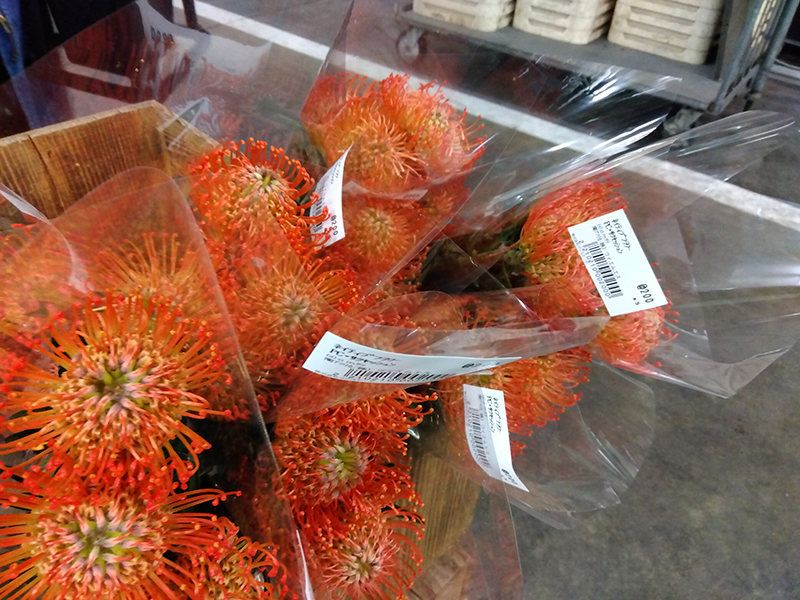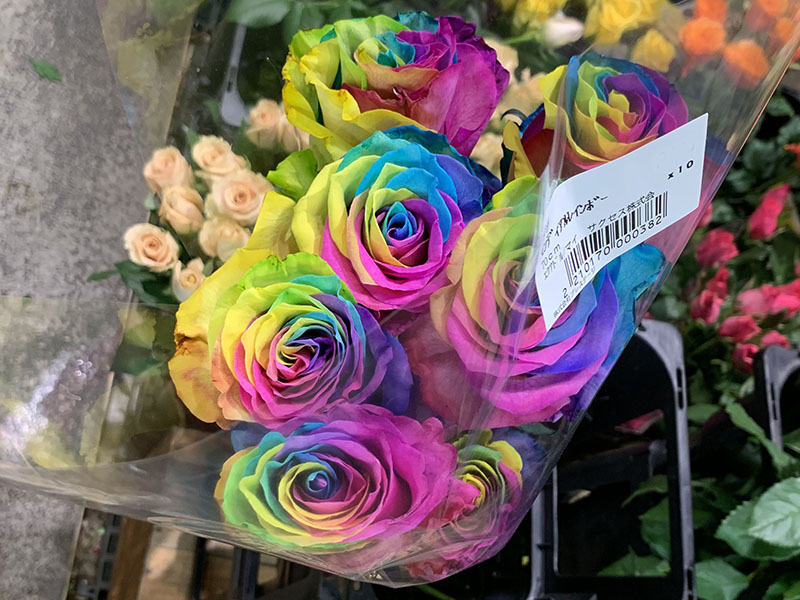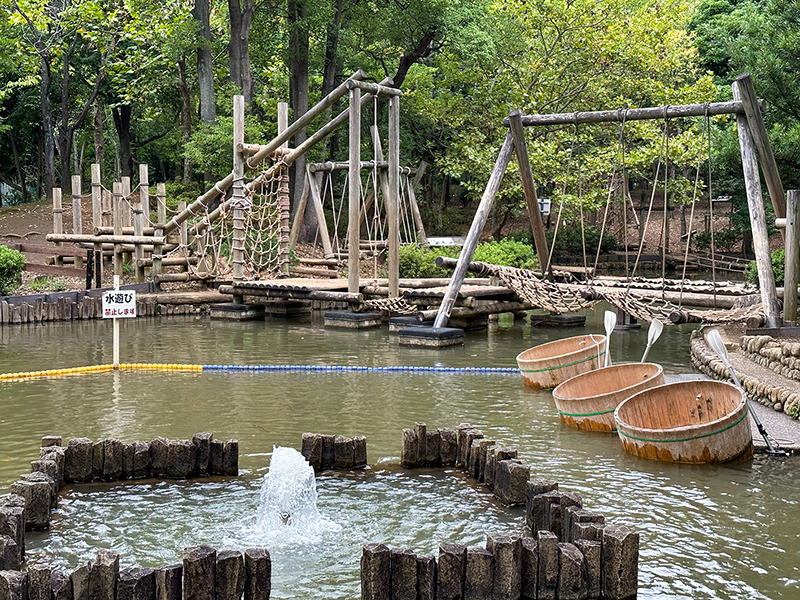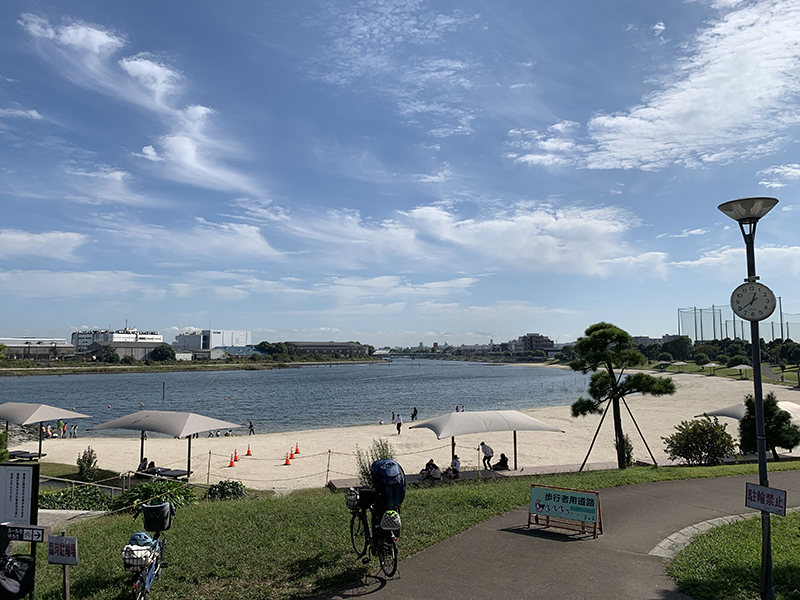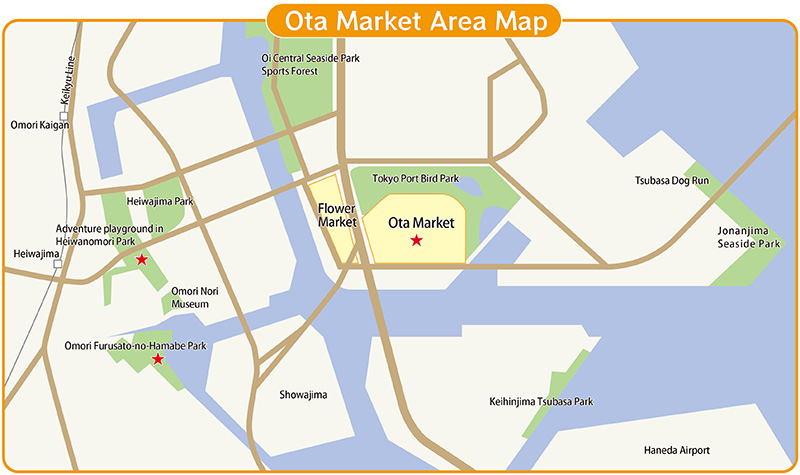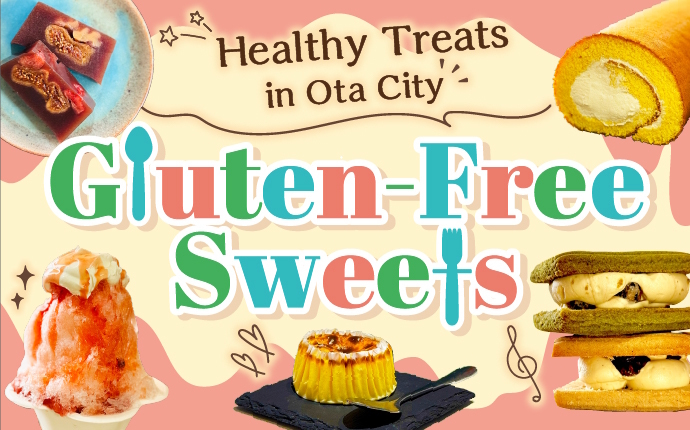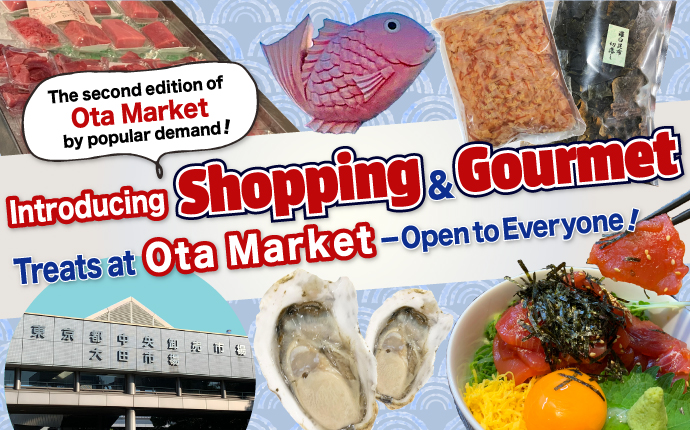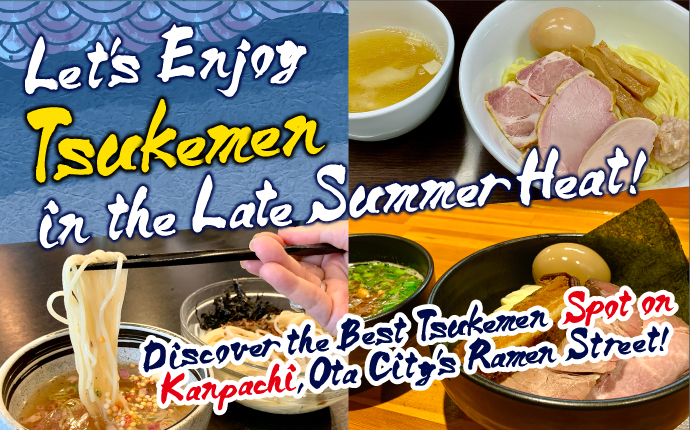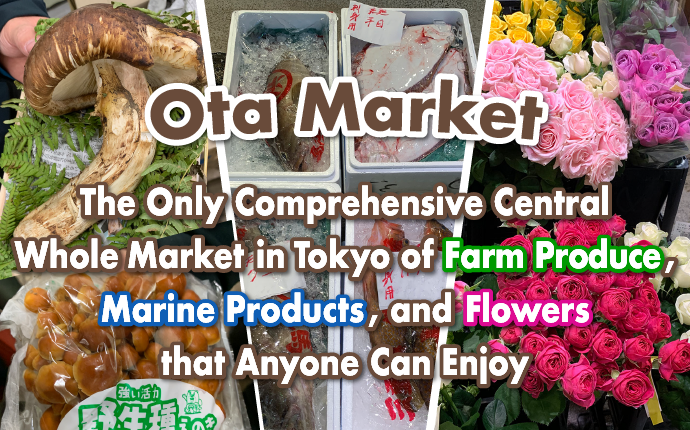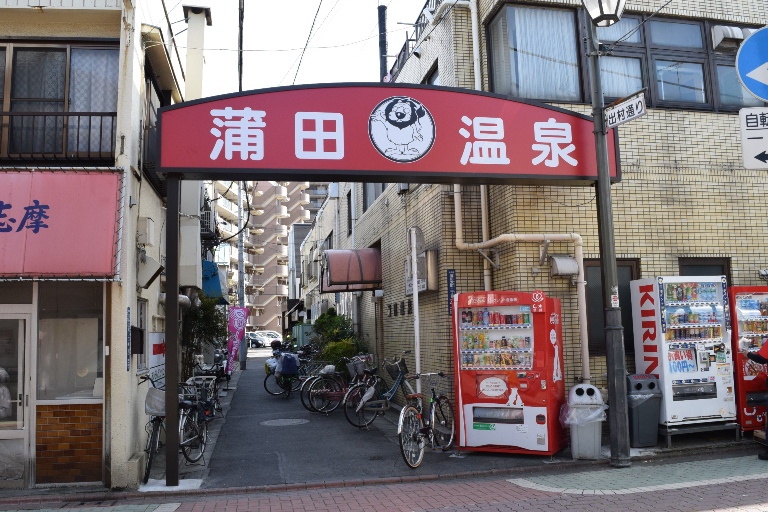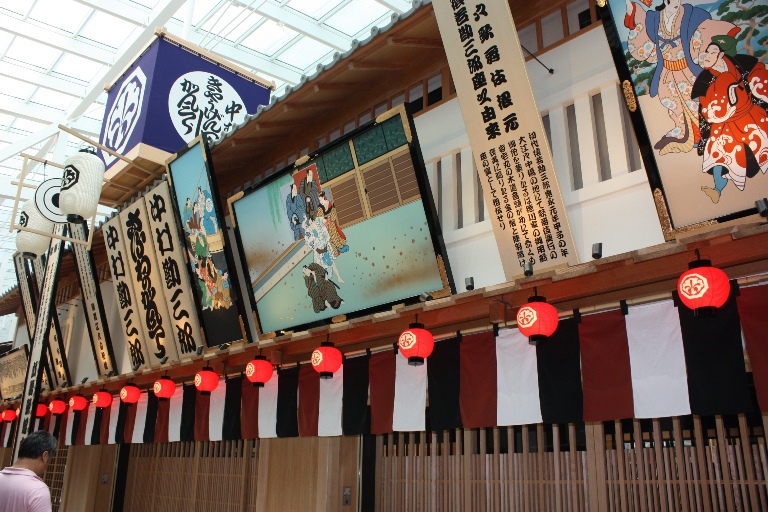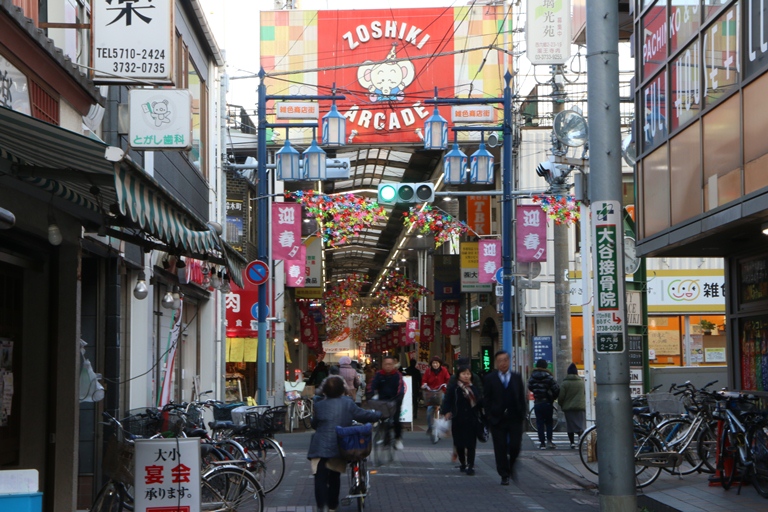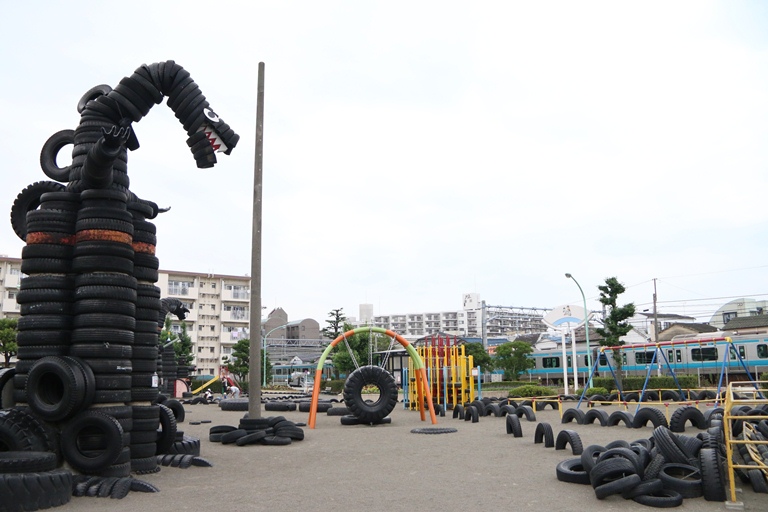Ota Market: The biggest Central Whole Market in Japan
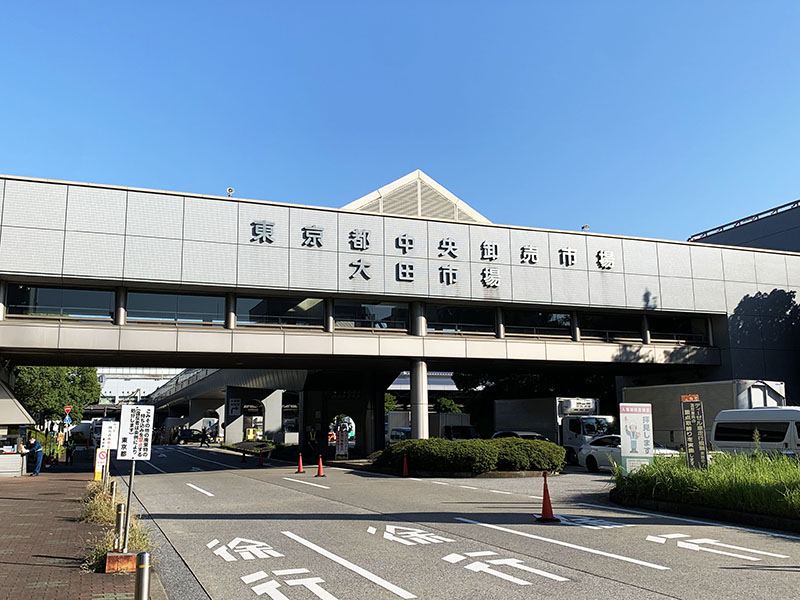
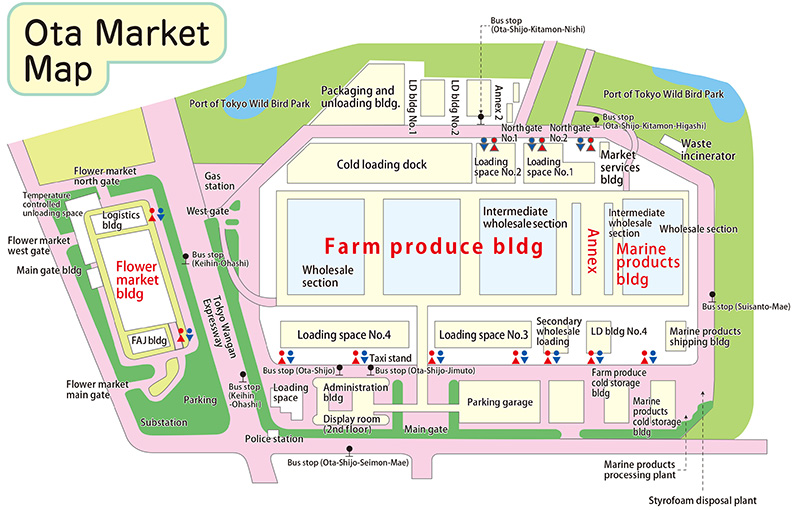
We are already excited on our way to Ota Market, wondering who we are going to meet. Ota Market has three markets, farm produce, marine products, and flowers on its vast premises, where many energetic deals are closed every day.
Ota Market became what it is in 1989 when markets in Kanda, Ebara, Kamata, and Omori were integrated into one. It has been 33 years since its opening. Its location is close to Haneda Airport, Tokyo Harbor, JR’s Tokyo Freight Terminal, Shutoko Bayshore Route, and Route 318 (Loop Road No. 7), which makes this area a perfect hub for logistics. The market not only supports the lives of residents in Tokyo but also everyone’s lives in Japan.
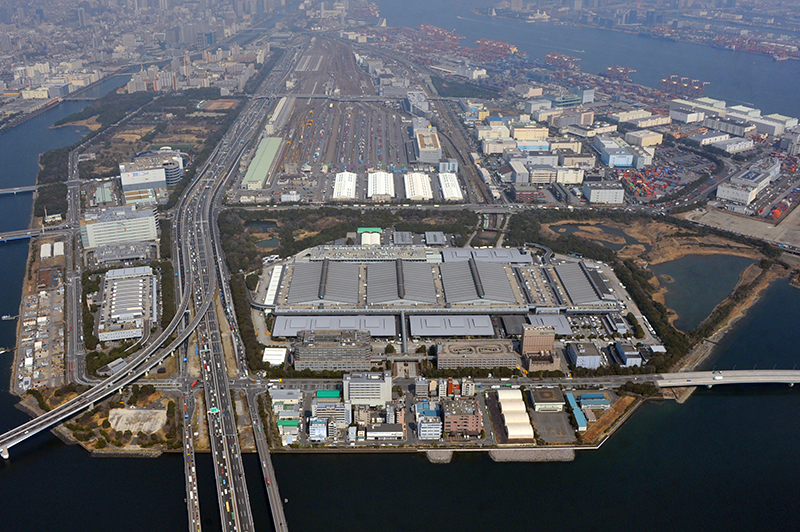
A Central Whole Market is a wholesale market approved and supervised by the government, and opened and managed by municipalities (the Tokyo Metropolitan Government in case of Ota Market).
Many businesses come to the market to sell and purchase items.
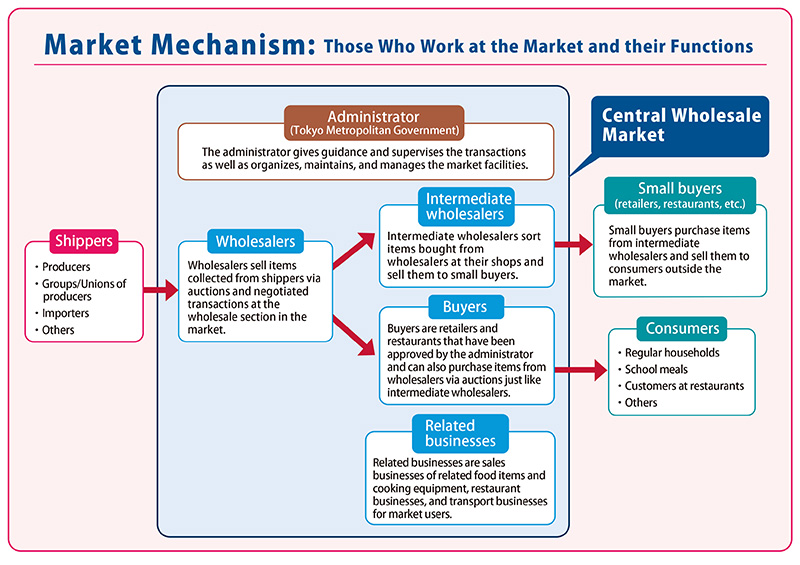
One of the features is the auctioning of goods, performed early in the morning. The auctions within the market are managed by wholesalers, who sell items they gathered from inside and outside of Japan to intermediate wholesalers and retailers who have the right to purchase (market access).
Intermediate wholesalers have their own shops within the market and sell items they purchased through auction to retailers and restaurant owners. Other than the auctions, there is also a method of dealing called a negotiated transaction, which means to settle on the price by a seller and buyers talking to one another instead of buyers having a competition.
We are sure that much of the food and flowers that you get on a daily basis have gone through Ota Market! In this edition, we visited intermediate wholesaler shops of three markets, farm produce, marine products, and flowers, and had a sneak peek at what goes on behind the scenes.
Farm Produce Market: Boasting the largest scale in Japan
We first visited the Farm Produce Market. Ota Market’s Farm Produce Market boasts the biggest scale and variety in Japan. Approximately 3,875 tons or 1.18 billion yen worth of vegetables and fruit is dealt each day (according to research in 2021). The transaction volume is on an upward trend each year, much of which is shipped to large retailers like supermarkets.
We visited Daiharu Co., Ltd., an intermediate wholesaler for farm produce that has been in the business for over 70 years.
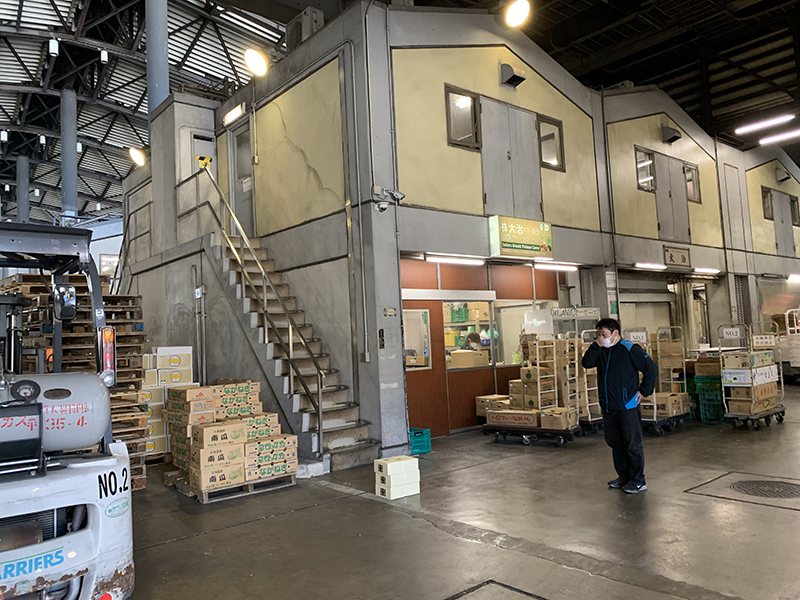 The shop of Daiharu Co., Ltd. A building within a building...is a very strange sight.
The shop of Daiharu Co., Ltd. A building within a building...is a very strange sight.
As vegetable specialists, Daiharu is great at meeting the needs of businesses who feel strongly about the condition and rarity of the products. They also take part in initiatives to protect the future of Japanese agriculture such as promoting local food and supporting young farmers.
Daiharu showed us a huge matsutake mushroom and some rare mushrooms.
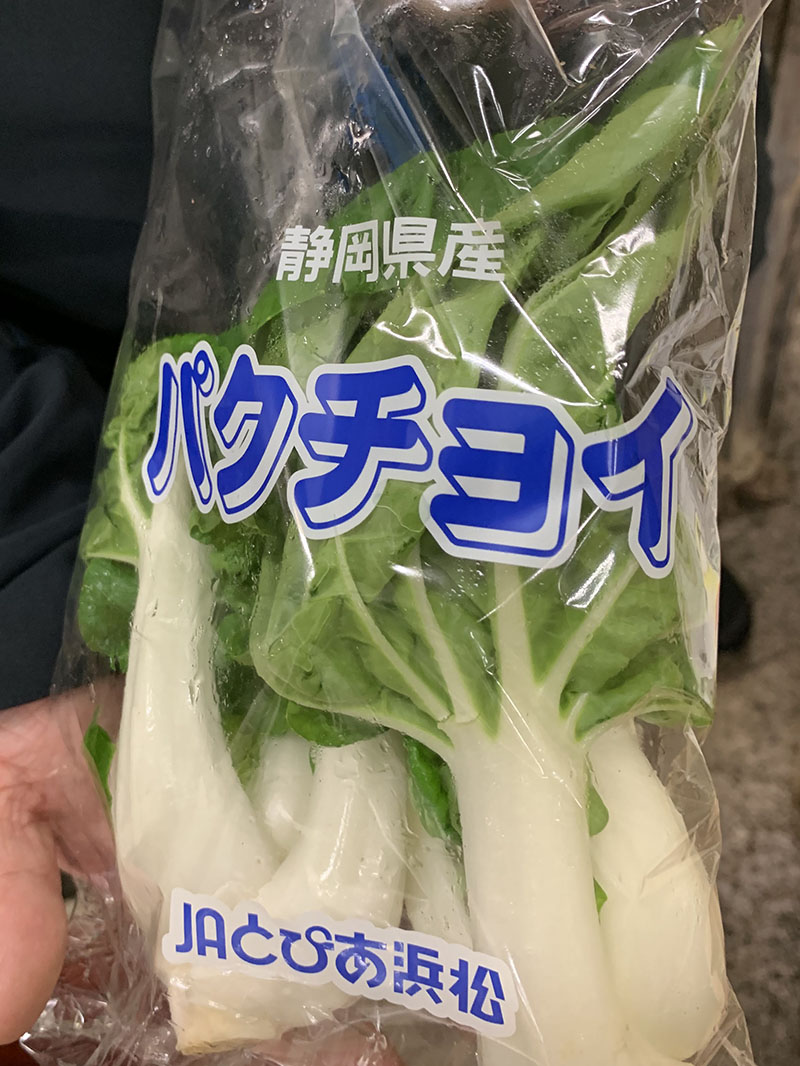 White stem bok choy is often used instead of green stem bok choy at high-class Chinese restaurants. Not many are produced within Japan, limiting the supply in circulation.
White stem bok choy is often used instead of green stem bok choy at high-class Chinese restaurants. Not many are produced within Japan, limiting the supply in circulation.
Repackaging and shipping are mainly performed in the farm produce cold storage building. The entire building is like a huge refrigerator. The environment is kept cold to keep the vegetables fresh.
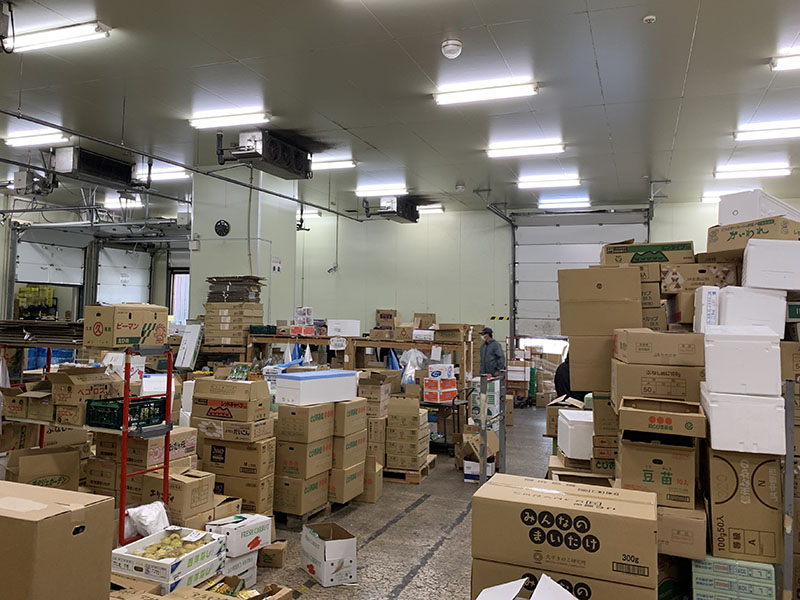 Inside the boxes are all vegetables and fruit. Daiharu mentioned that it takes about 10 years of experience dealing with a variety of vegetables to become a great vegetable specialist.
Inside the boxes are all vegetables and fruit. Daiharu mentioned that it takes about 10 years of experience dealing with a variety of vegetables to become a great vegetable specialist.
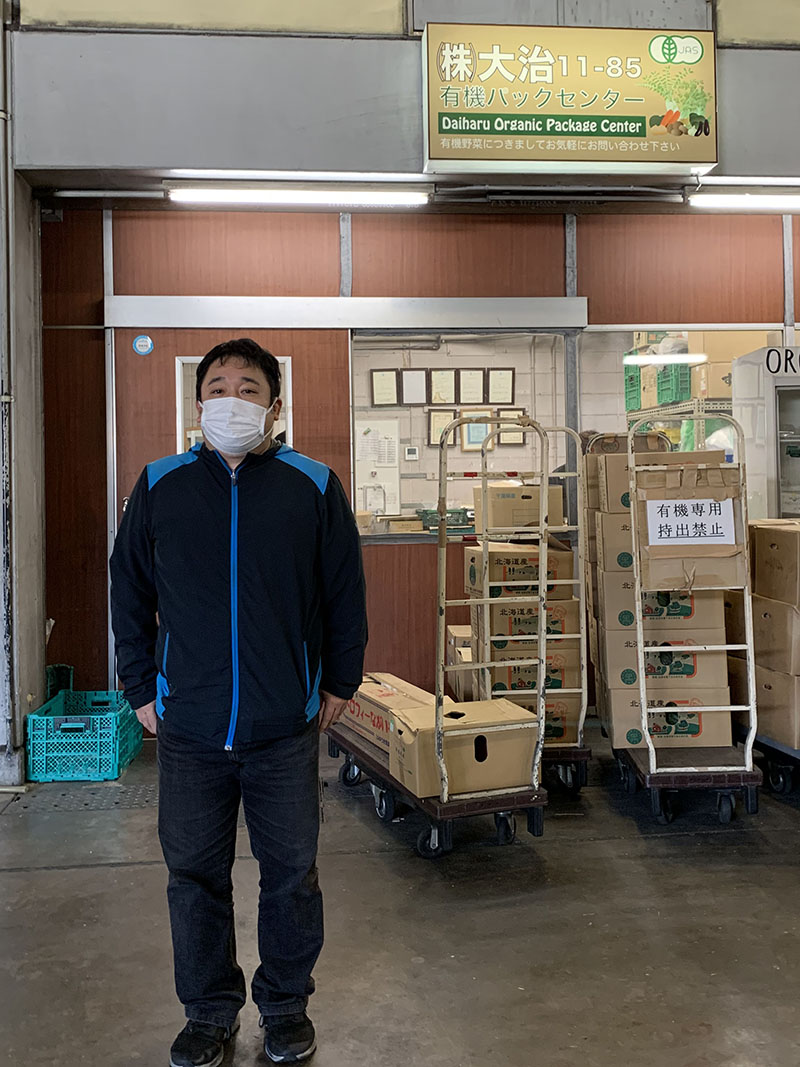 Mr. Kunihiko Tezuka , Assistant Sales Manager , said, “The most rewarding moment for me is when I hear from a supermarket, one of our clients, that a certain item was very popular.” We were impressed by his passion for finding delicious and rare products and his loving attitude toward vegetables.
Mr. Kunihiko Tezuka , Assistant Sales Manager , said, “The most rewarding moment for me is when I hear from a supermarket, one of our clients, that a certain item was very popular.” We were impressed by his passion for finding delicious and rare products and his loving attitude toward vegetables.
Marine Products Market: Filled with fresh seafood!
Next, we visited the Marine Products Market, where about 21 tons of marine products including various kinds of fish are dealt in a day.
It is critically important for seafood to be fresh. What is used to transport live fish is a truck called a live fish truck that has aquariums on board. All the seafood other than live fish transported from all over Japan is stored in refrigerators and freezers owned by wholesalers in the market.
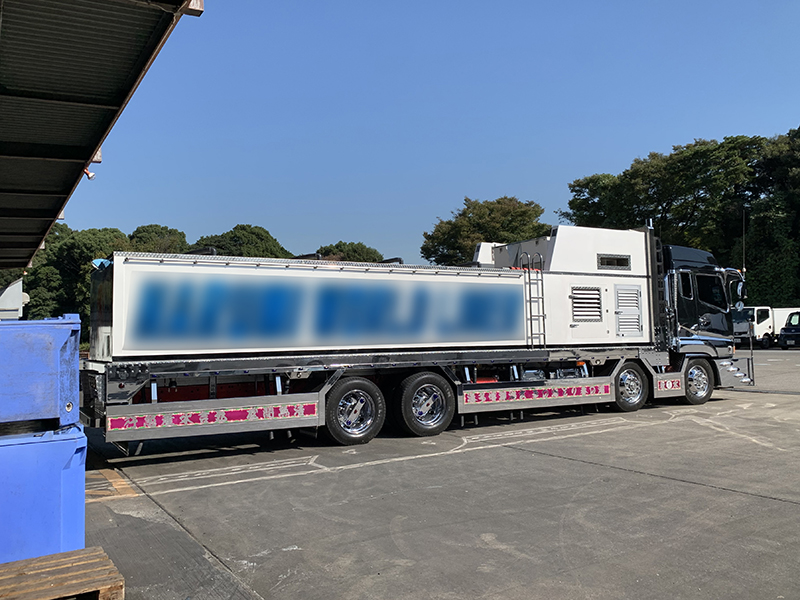 Live fish are transported in a live fish truck with aquariums on board.
Live fish are transported in a live fish truck with aquariums on board.
For the Marine Products Market, we visited the shop of Gonyasu Shoten, a well-established intermediate wholesaler. The company, currently run by the third generation of the founding family, was established in Omori Market before the Marine Product Market moved from there to Ota Market.
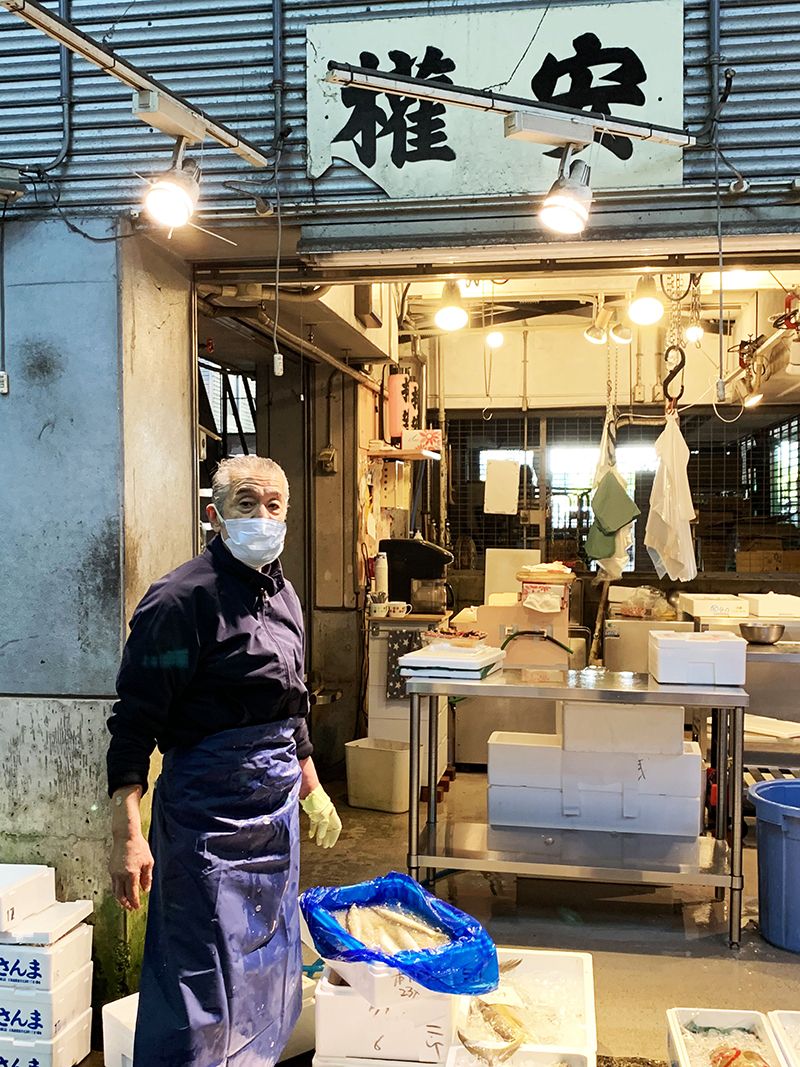 Mr. Yukio Hirabayashi , the owner of Gonyasu Shoten
Mr. Yukio Hirabayashi , the owner of Gonyasu Shoten
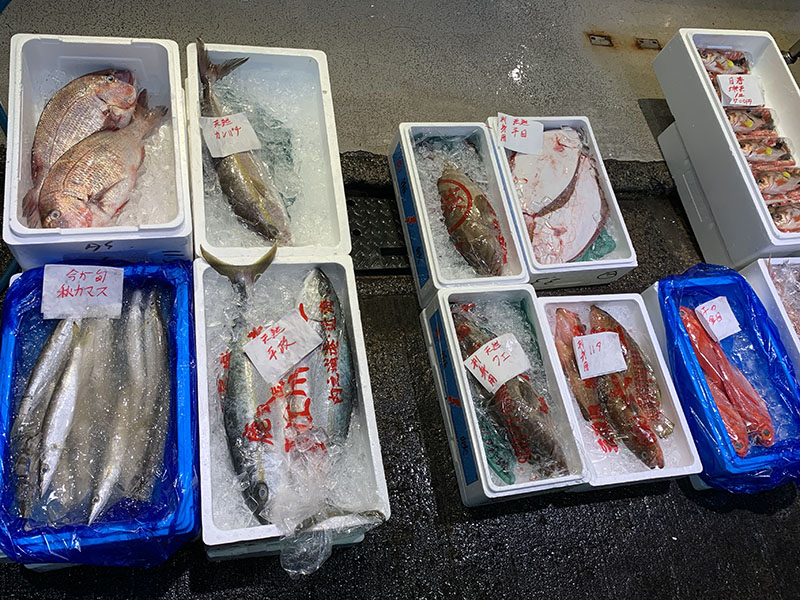 Many fresh, seasonal fish are displayed at the storefront.
Many fresh, seasonal fish are displayed at the storefront.
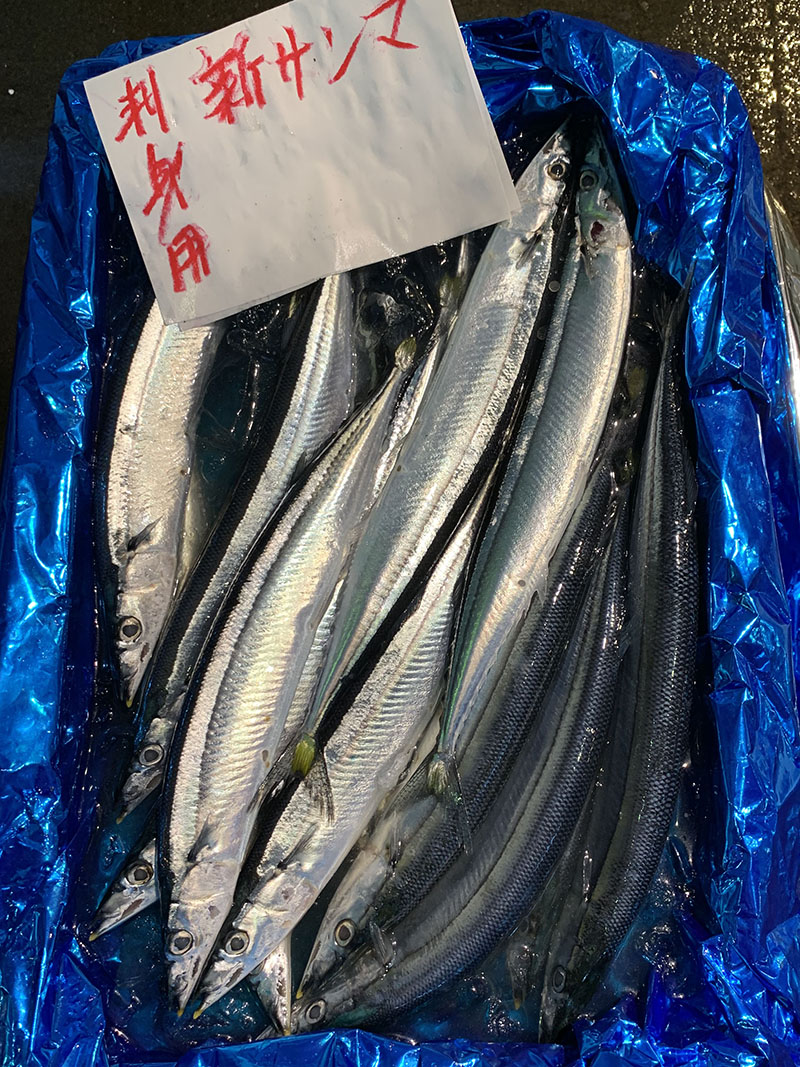 Pacific saury, the go-to fish in autumn. In the last few years, the amount of fish caught has decreased, causing the price to soar. We hope this resource will recover soon so that we can eat it casually just like before.
Pacific saury, the go-to fish in autumn. In the last few years, the amount of fish caught has decreased, causing the price to soar. We hope this resource will recover soon so that we can eat it casually just like before.
At the Marine Products Market in Ota Market, an auction is used mainly for tuna. Most of the fish sold at the shops of intermediate wholesalers within the market are purchased through negotiated transactions that take place from the middle of the night.
Those who come to purchase fish sold at intermediate wholesalers’ shops are mainly fish shops in towns and restaurants outside the market, but the general public come on Saturdays. The thing is, Japanese people tend to not eat fish as much as they used to. To top it off, restaurants have not had many customers for a long period of time due to COVID-19. These causes have led to a decrease in the number of customers, with the Marine Products Market at Ota Market taking a huge hit.
Because of this, the Marine Products Market announced widely with a flyer in the newspapers during December 26 to 30 last year to create an opportunity for the general public to shop in the market. It was a great chance to obtain fresh fish for more than a reasonable price.
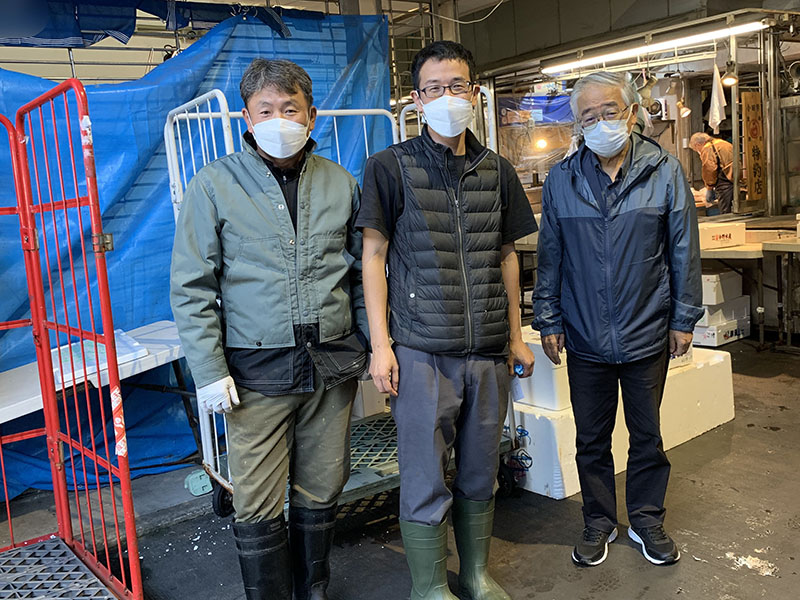 “We’re happy that everyone came to shop for fresh fish in the market!” says everyone from the Ota Market Marine Products Wholesaler Association. From left to right, Assistant Director Terunobu Tanaka, Director Hiroshi Kitaura, General Manager Yoshiyuki Mine. They plan to regularly have these sales opportunities targeted towards the general public.
“We’re happy that everyone came to shop for fresh fish in the market!” says everyone from the Ota Market Marine Products Wholesaler Association. From left to right, Assistant Director Terunobu Tanaka, Director Hiroshi Kitaura, General Manager Yoshiyuki Mine. They plan to regularly have these sales opportunities targeted towards the general public.
Flower Market: A space packed with flowers that make anyone’s heart sing
About 256 million flowers or 160 million yen in flower transactions per day are performed at Ota Market’s Flower Market. The market share of the transaction amount within all the Central Wholesale Markets in Japan is 40% and the largest!
The transaction speed is important to deal with such an amount, which is why they use electronic devices for auctions. Another thing that is different is that the price goes up in a general auction while the Flower Market at Ota Market adopts a Dutch auction format, where the price gradually goes down. From what we heard, this has been saving a lot of time.
What is a Dutch auction?
As an auctioneer lowers the price of an item, intermediate wholesalers and buyers bid on it to buy in this system. At the Flower Market, an auction is conducted while buyers see the information on an electric bulletin board called an auction clock and the items are shown by an auctioneer. Buyers monitor the price displayed on the board and press the button at hand when the price reaches a point at which they want to purchase the item. As the Flower Market handles many varieties and items, this system makes it less likely for buyers to get a price wrong and makes it possible to determine an appropriate price for an item in a short amount of time.
In the Flower Market, we visited PRESTIGE Co., Ltd., an intermediate wholesaler who specializes in cut flowers and branches.
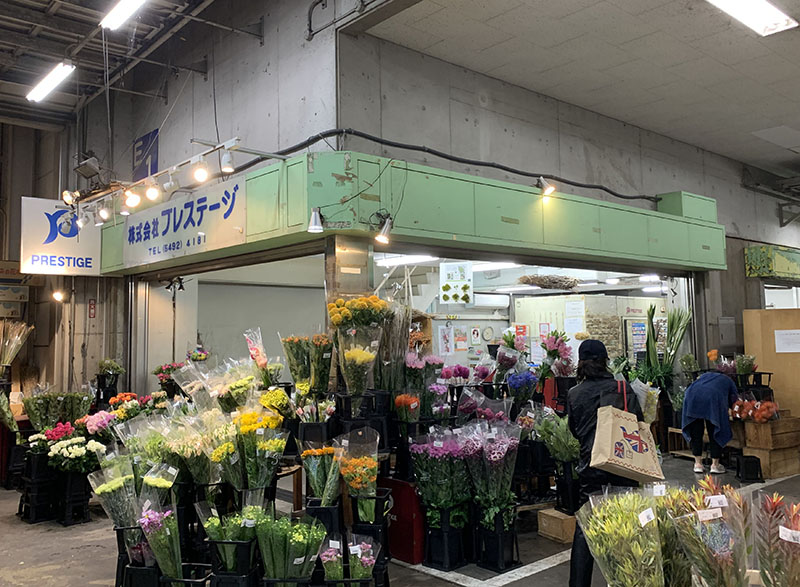 The shop of PRESTIGE Co., Ltd. in the Flower Market. There are many intermediate wholesalers like this in the market.
The shop of PRESTIGE Co., Ltd. in the Flower Market. There are many intermediate wholesalers like this in the market.
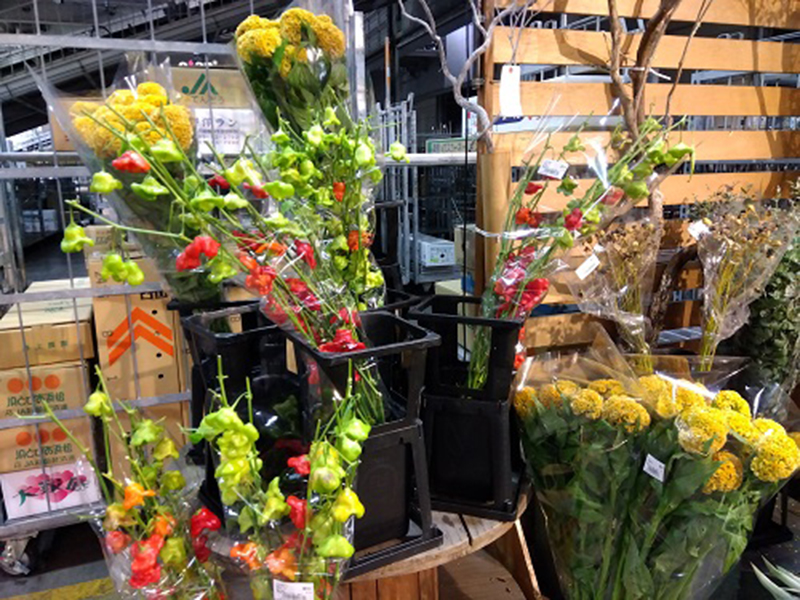 The shop is packed with bright, colorful flowers! The types of flowers remind you of the season.
The shop is packed with bright, colorful flowers! The types of flowers remind you of the season.
Those who are in the business of handling flowers including florists and ikebana (Japanese flower arrangement) teachers purchase flowers at the shop. PRESTIGE tries to satisfy the various needs of their customers from rare flowers that do not often get auctioned, to long-lasting flowers, and flowers in various colors and sizes.
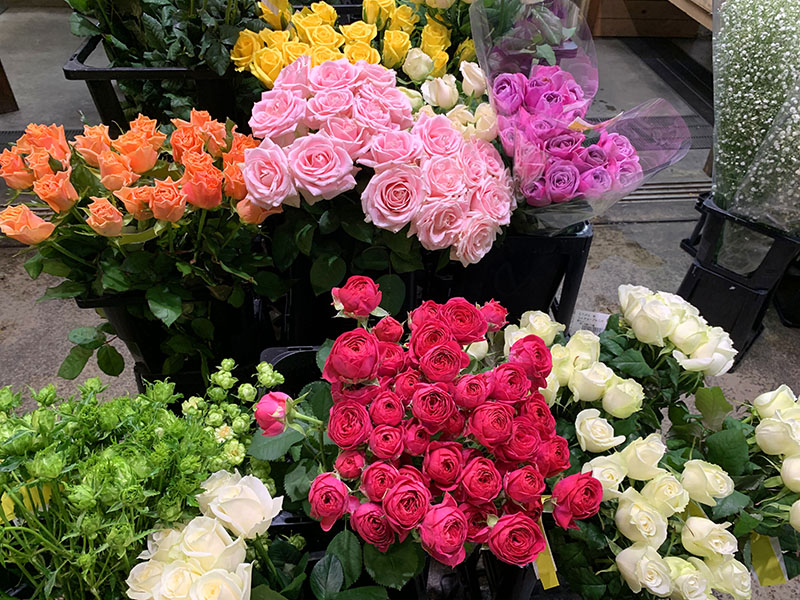 Roses with various colors look just amazing! This is a great shop for those who love flowers.
You can find rare flowers here! PRESTIGE has flowers directly purchased from producers and flowers imported from overseas.
Roses with various colors look just amazing! This is a great shop for those who love flowers.
You can find rare flowers here! PRESTIGE has flowers directly purchased from producers and flowers imported from overseas.
We visited the shop at 7:30 in the morning. Auctions are ongoing, and this is the time period when the Flower Market is the most energetic in a day. We heard that all the intermediate wholesalers come to the market around midnight to prepare for those retailers who will come for the bidding. It takes an overnight period to prepare for the auctions.
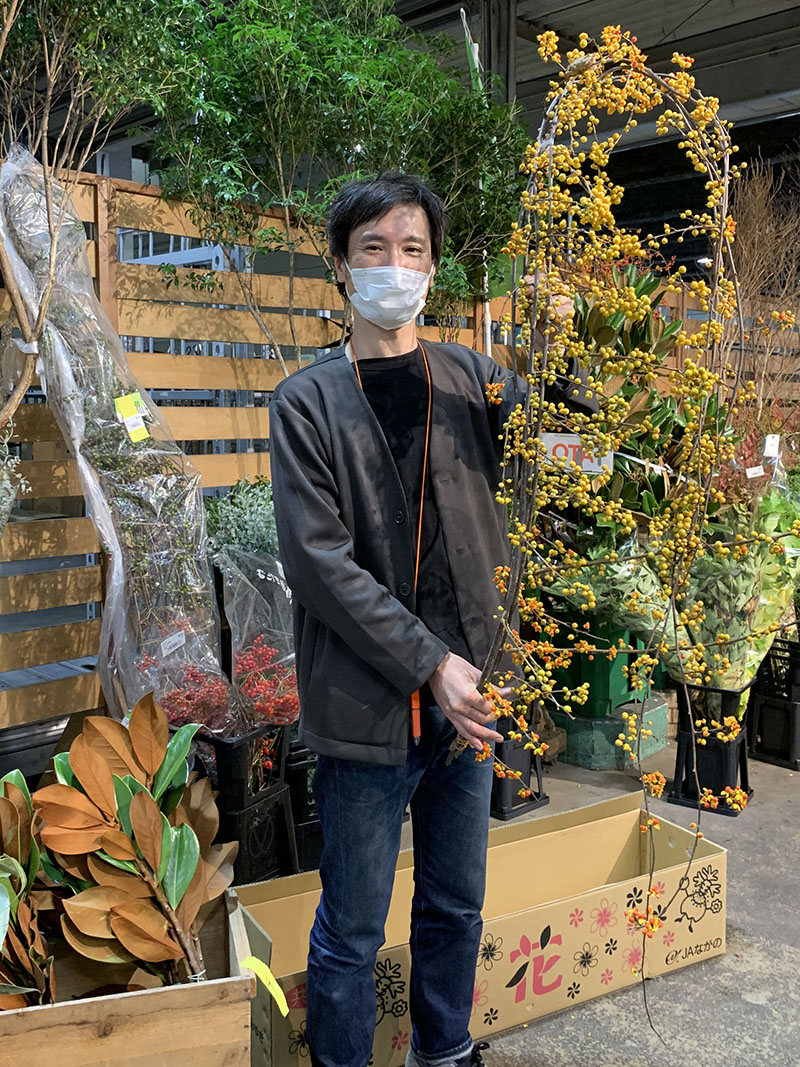 The owner, Mr. Yasunori Matsuda said, “We would like everyone, male and female, to enjoy a life with flowers.” His wonderful smile was perfect for the image of the flowers that they sell.
The owner, Mr. Yasunori Matsuda said, “We would like everyone, male and female, to enjoy a life with flowers.” His wonderful smile was perfect for the image of the flowers that they sell.
Markets that never sleep
People are working at all times in the markets, so the markets never sleep. Let’s take a look at the timetable of the markets.
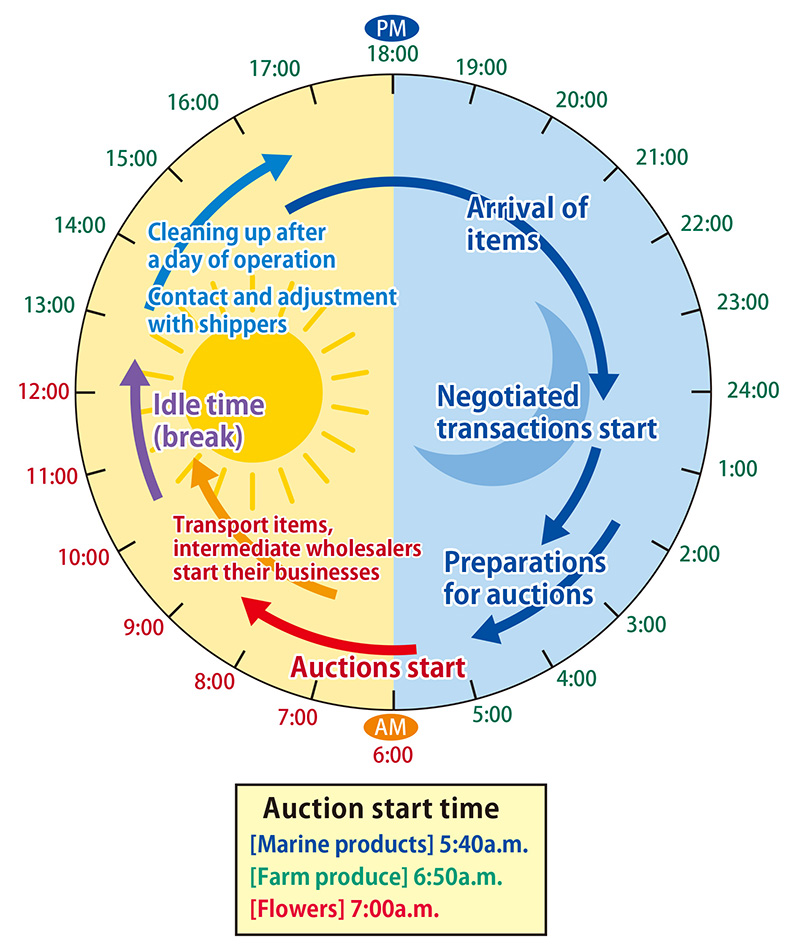
Auctions are performed from 5:00 to 8:00 in the morning, but the preparation of items to be auctioned and preliminary inspection of the items are done a few hours before the auctions. The items to be auctioned will arrive at the markets from the evening to late night on the previous day. At midnight, when the town is fast asleep, negotiated transactions take place for the items that do not go to the auctions.
We do not see this part of the markets usually, but these activities throughout an entire day of those who work in the markets support our daily lives.
How can the general public enjoy the markets?
Ota Market has a display room and viewing route, allowing visitors to watch the energetic markets.
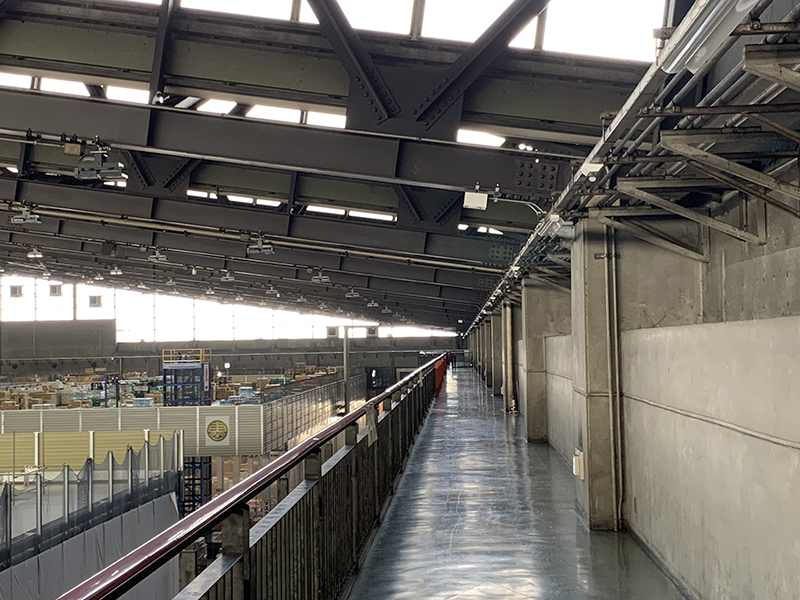 The viewing route starts from the second floor in the administration building. You can overlook the markets from the second floor. (Viewing of auctions is possible at the Flower Market and Farm Produce Market only when it is an individual viewing tour.)
The viewing route starts from the second floor in the administration building. You can overlook the markets from the second floor. (Viewing of auctions is possible at the Flower Market and Farm Produce Market only when it is an individual viewing tour.)
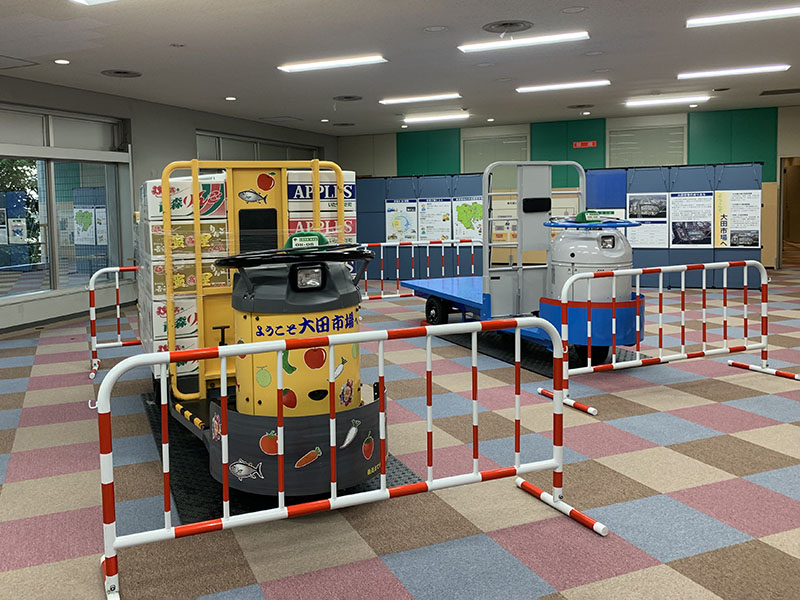 The display room has a transport vehicle used in the markets called a turret truck.
The display room has a transport vehicle used in the markets called a turret truck.
If you would like to take a break, a restaurant is a great place to do so.
On the premises, there are annex and administration buildings, which house shops and restaurants of the related businesses. These shops and restaurants provide food and necessary materials to those who work in the markets, and visitors can also use these services.
During our visit, we dropped by at Kanda Fukuju, a well-established restaurant that opened in the era of the Kanda Market, which is the previous form of Ota Market.
What we wanted to check out here are “Sankadon” and “Anago Tendon (Tempura Rice Bowl with Conger Eels).”
“Sankadon” is a luxurious rice bowl with an abundance of fresh seafood purchased at the market! The seafood changes depending on the season. When we visited, 10 or more kinds of seafood were on top of the rice bowl.
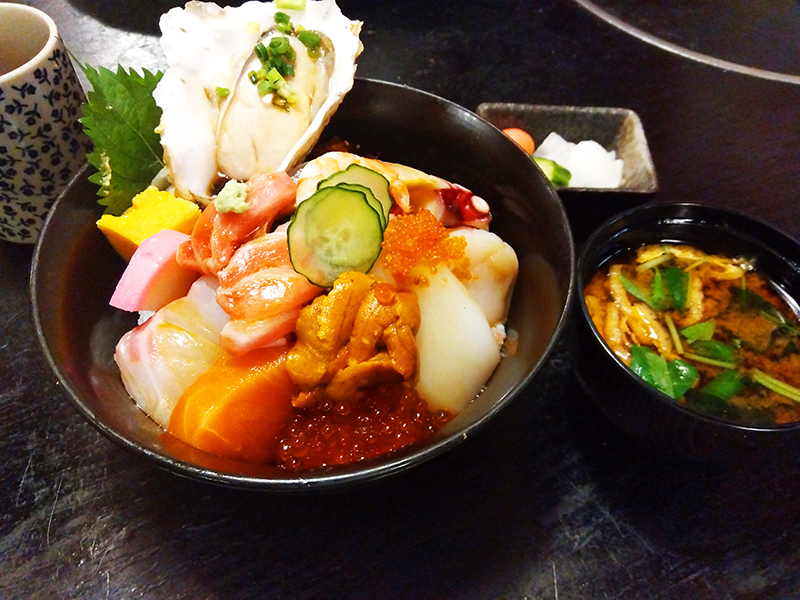 “Sankadon” was named by the owner’s mother. “San” in Japanese kanji here means a number three , representing three markets: Farm Produce, Marine Products, and Flowers.
“Sankadon” was named by the owner’s mother. “San” in Japanese kanji here means a number three , representing three markets: Farm Produce, Marine Products, and Flowers.
“Anago Tendon (Tempura Rice Bowl with Conger Eels)” uses two large conger eels fresh from Tokyo Bay. The conger eels are so big that they do not fit in the bowl. Only 20 servings are prepared each day, and they go fast. If you would like to try this out, we recommend you go to the restaurant rather early.
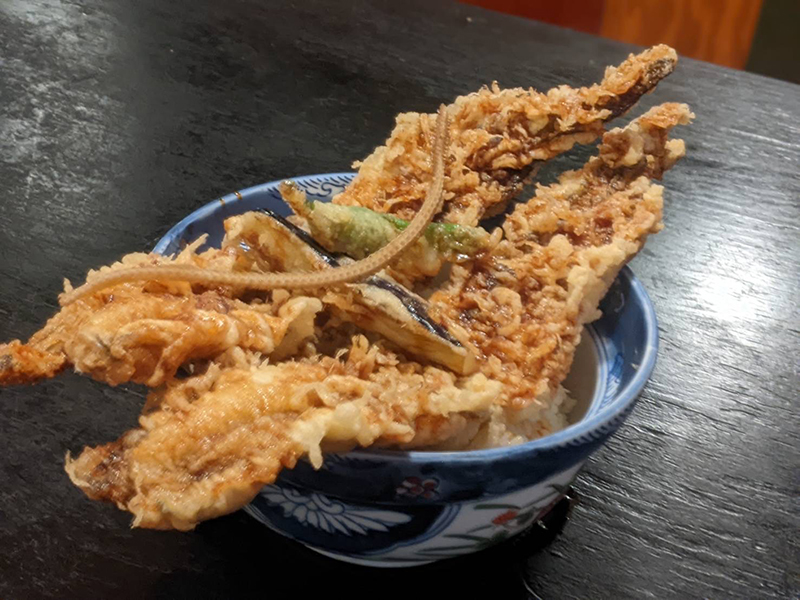 The secret sauce has been used by adding on top of it since the Meiji period.
The secret sauce has been used by adding on top of it since the Meiji period.
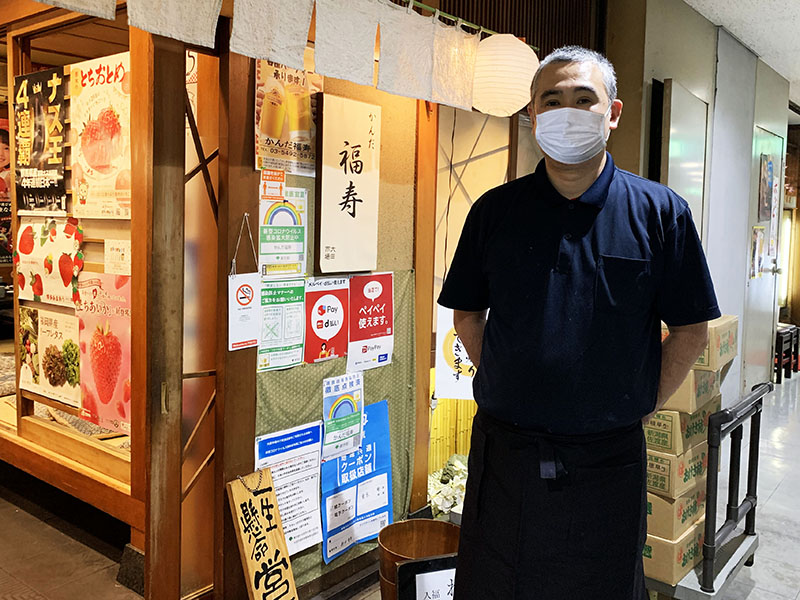 The owner, Mr. Shingo Arai. The restaurants in markets start their businesses earlier than regular restaurants. They generally get busy around the time when the auctions end in the morning.
The owner, Mr. Shingo Arai. The restaurants in markets start their businesses earlier than regular restaurants. They generally get busy around the time when the auctions end in the morning.